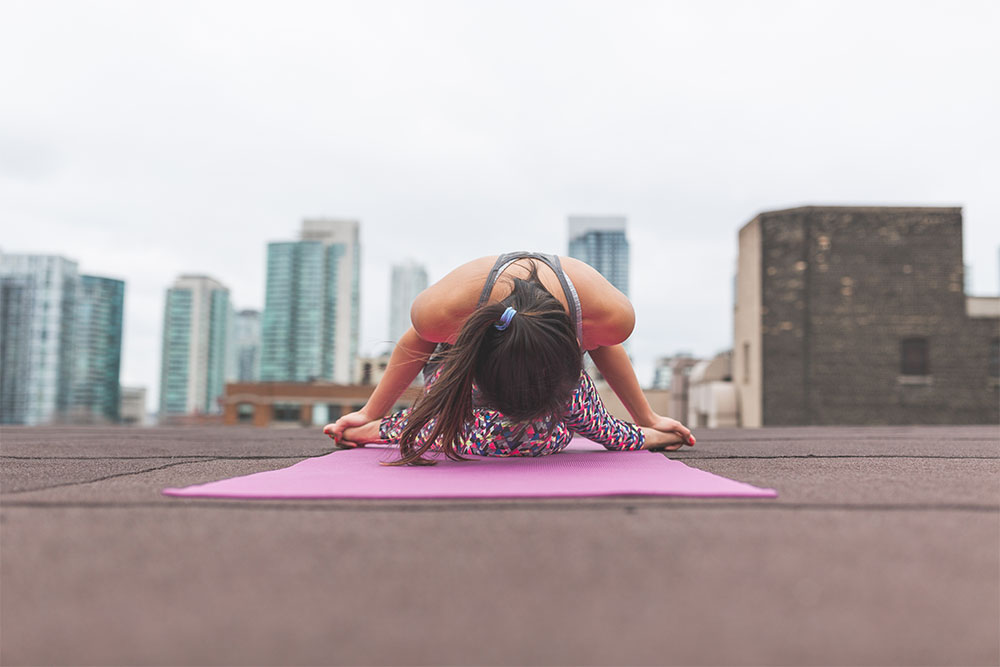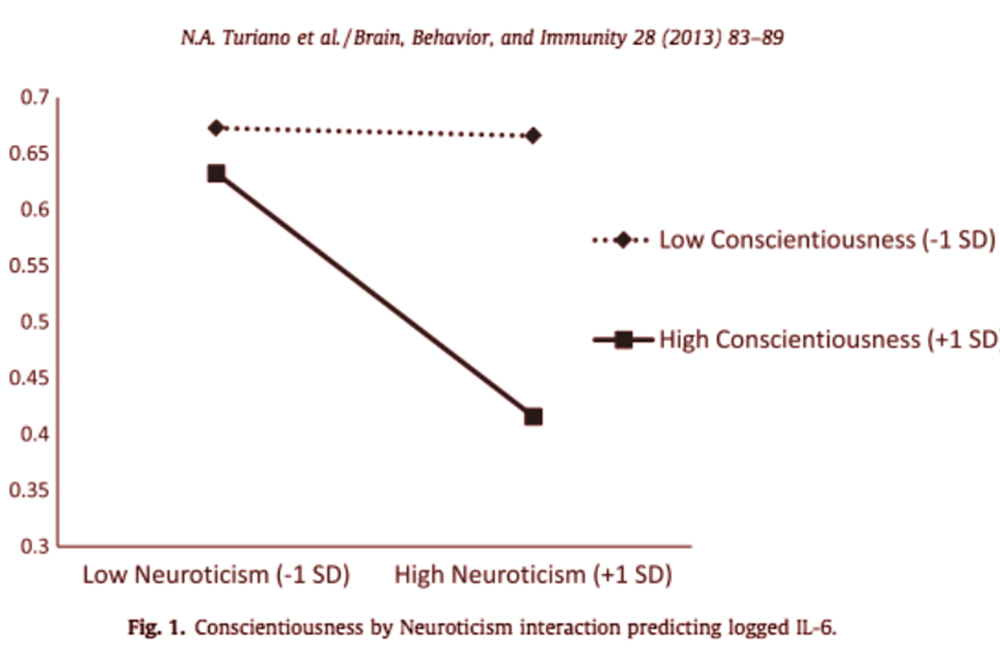Simple and Effective Ways to Create Exercise Self-Discipline

When people decide to adopt an exercise routine, they normally attack it head on. Motivation is high, and they are excited to get started.
As a result, the tendency is to go big and try and make many large changes at once.
Which kind of makes sense.
I mean, that is what’s going to get you to your goals quickest, right – so surely it is the best way to approach it.
Well, maybe not.
Why habits don’t stick
Adopting – and adhering to – a new workout habit is hard.
It is something that sounds great in practice, but when it comes to putting your self-discipline into action, it gets much more challenging.
But you should know that failing to stick to a habit is rarely a sign of poor willpower. Nor is it a sign of failure, or a sign of not trying hard enough.
Nope, it is simply a sign of a poorly chosen habit.
Your habit is too big
One of the biggest issues with habit formation is the habit is too big to manage (Fogg 2019).
We know that the most difficult part of a new habit is starting to perform the new behaviour.
For example, it takes heaps of motivation to go for run after a big day of work. But once you start running, it gets kind of easy – and, often, finishing the run doesn’t require much willpower at all.
Which is why starting with a small habit is one of the best things you can do.
If a new habit is small, it is less intimidating. This makes it easier to start, and therefore easier to stick to.
So, if your goal is to run for an hour every day, start with five minutes. If it is to start going to the gym regularly, start with two 20-minute sessions per week.
You get the point.
And once this new behaviour has become a permanent habit, then you can make it more challenging. This is the perfect way to maximise habit formation.
You focus on the outcome
Most people start a new habit with the outcome in mind.
They want to lose 10 pounds, run 5 miles in a certain amount of time, or lift a certain amount of weight.
In short, they want a result.
But the issue is that outcome-focused goals don’t produce results. The results come from the process. Which is why new habits should revolve around behaviours, and not the outcomes associated with those behaviours.
If your goal is to lose a certain amount of weight, then your habits should focus on changing your diet or starting an (easy) exercise regime. If your goal is getting stronger, your habit should focus on attending the gym twice per week.
The focus should be on the process, and not the outcome.
You try to change too many things at once
If you want to make a change, you should focus on changing a very small number of habits at the same time.
How many?
One – and once that habit becomes part of your normal routine, you can begin to implement the next one.
The idea here is to pick one thing and do it extremely well. Then, once you have that locked in, you can build upon it gradually.
How to set manageable workout goals
With all this in mind, you might be wondering how to best set manageable workout goals – or habits – that will help you achieve your health and fitness goals.
And it should come as no surprise that they build on the above points in a very logical manner (Gardner 2012).
Identify the process
Take some time and think about your goals, and then identify the process-related habits that are going to help you achieve them.
These should be your focus.
If you want to get healthier, then introducing some cardiovascular exercise is key. If you want to lose weight, exercise and diet are both important. If you want to build muscle, lifting weights is a must.
Pick the processes that relates to your goals, and start from there.
Pick one habit
Once you have identified what is going to help you achieve your goals (i.e., the process), it is time to pick the one that offers you the most bang for your buck.
This is the ONE habit that you are going to start with.
The others are still important, but we are going to put them on the back burner until this habit becomes automatic. They can be introduced later, once the wheels are already in motion.
Start small
When it comes to habit formation, the idea is to build upon small goals to create real change.
If you want to run a marathon, start with three short runs per week. If you want to do 100 push-ups in a row, start with five per day. If you want to maintain a healthier diet, focus on eating one more serve of vegetables per day.
Start small and increase over time.
That is how it works.
Related Article: Get Motivation to Exercise: Rats Do It, You Can Too
Habit stacking
Once you have picked the habit you want to start, a great option to improve its chance of success is habit stacking.
Habit stacking is the process of stacking a new habit on top of an existing one.
You might have a strong habit to brush your teeth before bed each night or turn the coffee machine on when you wake up in the morning – and you can use these ingrained habits to your advantage to improve the uptake of new workout habits.
Habit stacking makes developing new habits easier.
By attaching a new habit onto an old one, it becomes less challenging. You face less resistance when trying to start the new behaviour.
This can help you achieve your health and nutrition goals, leading to real lifestyle change.
For example, before you make your coffee in the morning, you could go for a 15-minute walk. This is stacking a new behaviour at the start of an old one, making it more likely to become an embedded part of your routine.
How to get started
If you are wondering how to get started with your new behaviour, we thought it would be a good idea to outline a step-by-step approach:
- Find your goal
- Identify the processes that will help you achieve your goal
- Choose the most important process
- Start integrating it your routine in a small way
- Stack it with an old habit if possible
- Once it becomes automatic, look to your next most important process, and repeat the cycle
And that is it.
Simple and effective.
Tips on falling off the wagon
Last, but certainly not least, we wanted to outline what you can do if you fall off the wagon – because it will happen (Norcross 1988).
There will be a time when you miss a workout due to lifestyle factors. Or you simply don’t have the energy to get started.
This is life, and it should be expected.
But the most important part is making sure that it does not become the new norm.
If you make a mistake and let your habit slip, there are a few things you can do to turn it around as fast as possible.
- Accept that these things are going to happen, acknowledge it as a small mistake and promise to get back into it.
- Identify why it happened, and then address it so it won’t happen in the future. This might mean changing the time of your new habit, scheduling it on different days, or even changing its duration.
- As soon as the barrier has been removed, start again, and get back into the swing of things as soon as you can. The longer you go NOT doing your new habit, the harder it is to start again.
Forming new exercise habits is hard (especially exercise habits and nutrition habits) – so don’t beat yourself up if (and when) you make a mistake.
They will happen.
Accept it and move on.
Final Thoughts
Finding the discipline to make a large lifestyle change and commit to a workout goal is hard. But breaking them up into smaller daily exercises and daily habits is a great way to make them more manageable, and more likely to stick.
The key is to start small and build slowly. Over time this will lead to the real change that lasts a lifetime.
References:
Fogg, Brian J. Tiny habits: the small changes that change everything. Eamon Dolan Books, 2019.
Gardner, Benjamin, Phillippa Lally, and Jane Wardle. “Making health habitual: the psychology of ‘habit-formation’and general practice.” British Journal of General Practice 62.605 (2012): 664-666.
Norcross, John C., and Dominic J. Vangarelli. “The resolution solution: Longitudinal examination of New Year’s change attempts.” Journal of substance abuse 1.2 (1988): 127-134.
You Might Like:














